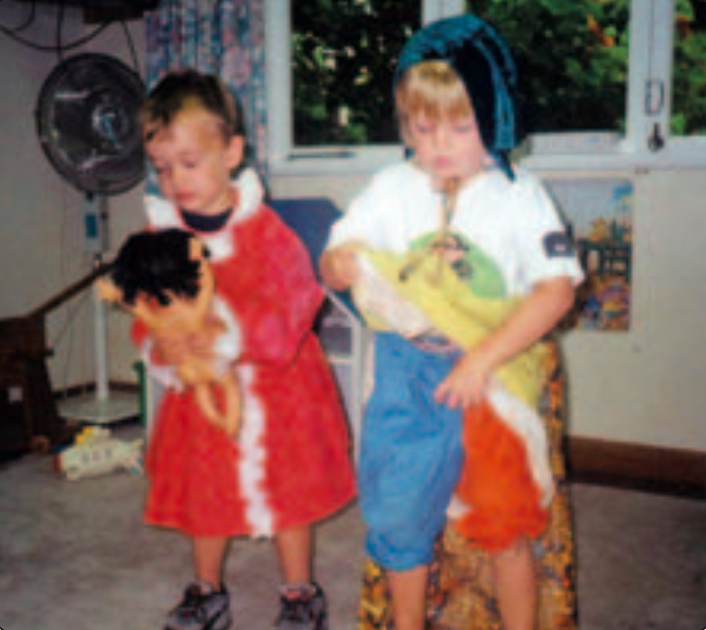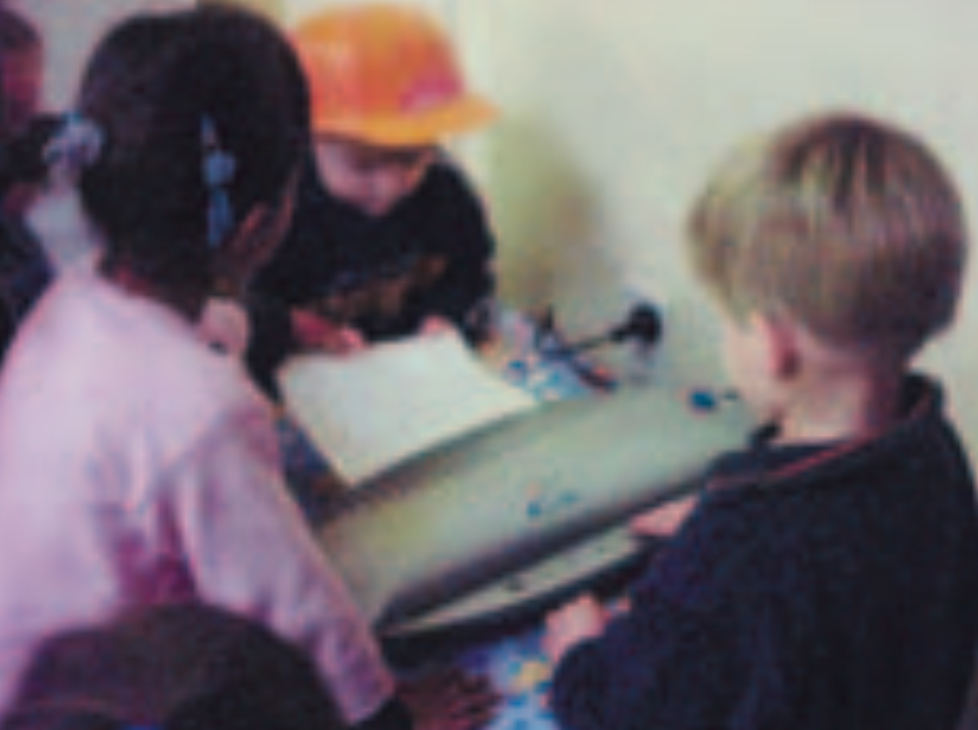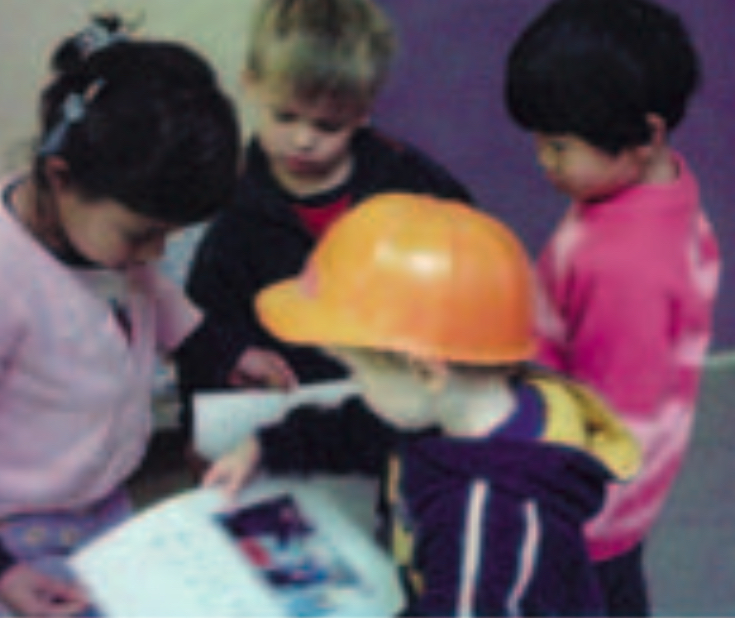Kei Tua o te Pae
Kei Tua o te Pae/Assessment for Learning: Early Childhood Exemplars is a best-practice guide that will help teachers continue to improve the quality of their teaching.
The exemplars are a series of books that will help teachers to understand and strengthen children's learning. It also shows how children, parents and whānau can contribute to this assessment and ongoing learning.
We are making improvements to our download-to-print functionality. So if you want a printed copy there are PDF versions available at the bottom of the main cover page.
Affirmation as individuals
-
Zachary dancing
-
Children: Zachary and Erin
8 February
Teacher: Carol
Sitting on the chair with Zach, going to Africa “to do ballet”, Erin is wearing a tutu. When in “Africa” she changes her dress and gives one to Zach so he can do ballet too. They dance to music on the radio for a little while and then move off to separate activities.

Parent’s voice
It was great to see how Zach joined in with Erin’s game. He really does enjoy moving to music and it is nice to see him feeling comfortable enough to express himself in this way in such a supportive environment. It is reassuring to know that you are seeing the same things in Zach at crèche as we are at home.
He loves to move to music, any kind of music, and will often adapt his movement to the rhythm and feel of the music. The other day when he and I were home together I put Vanessa Mae’s classical album on to listen to. Suddenly he stopped what he was doing and for about 20 minutes he just danced, almost lost in the music. When it went slow, he went slow. When it was loud he did swooping big movements. It was so wonderful to watch. He really is learning to be a wonderful dancer as he explores all these movements and ways of dancing.
-
-
A grandfather’s letter
Thursday, 31 March
Tēnā koutou e ngā kai-whakaako ki te kura. Kei konei waku whakaaro e pā ana ki te ripoata mō Taylor. He mokopuna nōku.
To the staff
In regard to
I am Taylor’s koro. I have just read his profile book, which I enjoyed very much. It provides an invaluable window of his life at kindy. The observation notes and comments helped me a great deal in understanding the steps he has achieved.
This is what I got out of it:
1. Feeling shy
Staff will continue to implement name games at mat time. Staff will encourage him to be more involved in co-operative play with his peers.
2. Imagination
Making big arm muscles (dangling helmets)
Wearing a ballet tutu (piupiu skirt) to do a haka.
3. Helping
Taylor had trouble solving a puzzle. You were working at the table on another puzzle and you stopped to help Taylor by making suggestions. You guided him through his task and gave him the opportunity to complete the puzzle himself.
4. Sharing
Taylor moved around the table to help you with the fire engine puzzle. You just moved over and let him share in the activity.
5. Problem solving
Lego construction: He has the ability to make his own decisions, choose his own materials and set his own problems. Construct-o-straws: you work with an idea in mind.
6. Retentive memory
On return from several days’ absence, he reminded the teacher to look on the net for insects.
7. Deep thinker
Teacher: I noticed this amazing picture and someone concentrating very hard.
Lego: Is spending time concentrating, solving, etc. ... Kite: You have been very focused on making your kite.
Thank you for the quality time and sterling effort given to the children. What a great team! Kia ora rawa atu wāhine mā i a koutou whakangākau i a koutou pukumahi hoki ki te tauira-tamariki.
-
Teaching others
-
Today I wanted to laminate some of the children’s work so I set up the laminator in the Castle room and as you walked past on your way outside you spotted it.
“I’ll do that for you, Elizabeth,” you said.
So you set about your job of laminating the pictures for me. Today, however, was different from the last time because today other children were interested, too. Oh dear, they all wanted a turn. To begin with you were very protective of your laminating, however you also let the other children join in little by little.
To begin with, you showed them exactly how the laminating worked. Once you had made the steps clear, you allowed the other children to participate. You were very careful to give them each a turn and I was most impressed as you very clearly told each of them to make sure “it goes in straight or you will break it!” You took great pains to stress that it was now inside the machine and that they mustn’t touch it.
Once you had done this, however, it was still your responsibility to check that final product and make sure there were no stuff-ups!


Learning review
The Bianca we see in this story is the Bianca we see most at day care. She is very competent and confident. She allows other children into her world and while they are there she enriches every experience for them. By revisiting this activity, Bianca not only developed her own skill at using this machine, but she developed the skill of instructing others in its uses and safety aspects.
What next?
My goodness Bianca, what next indeed!
-
